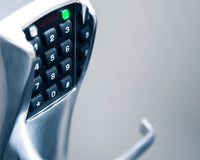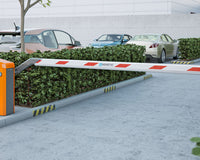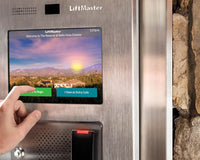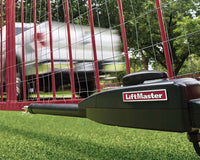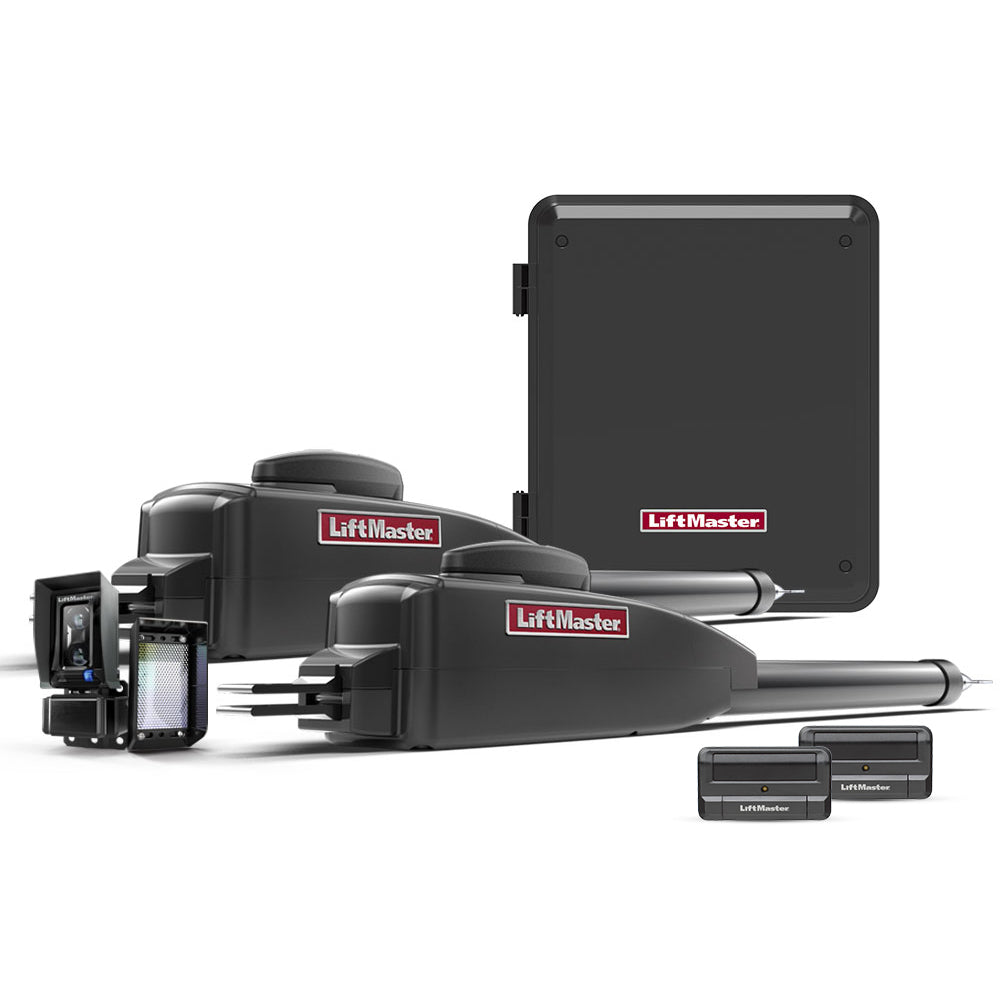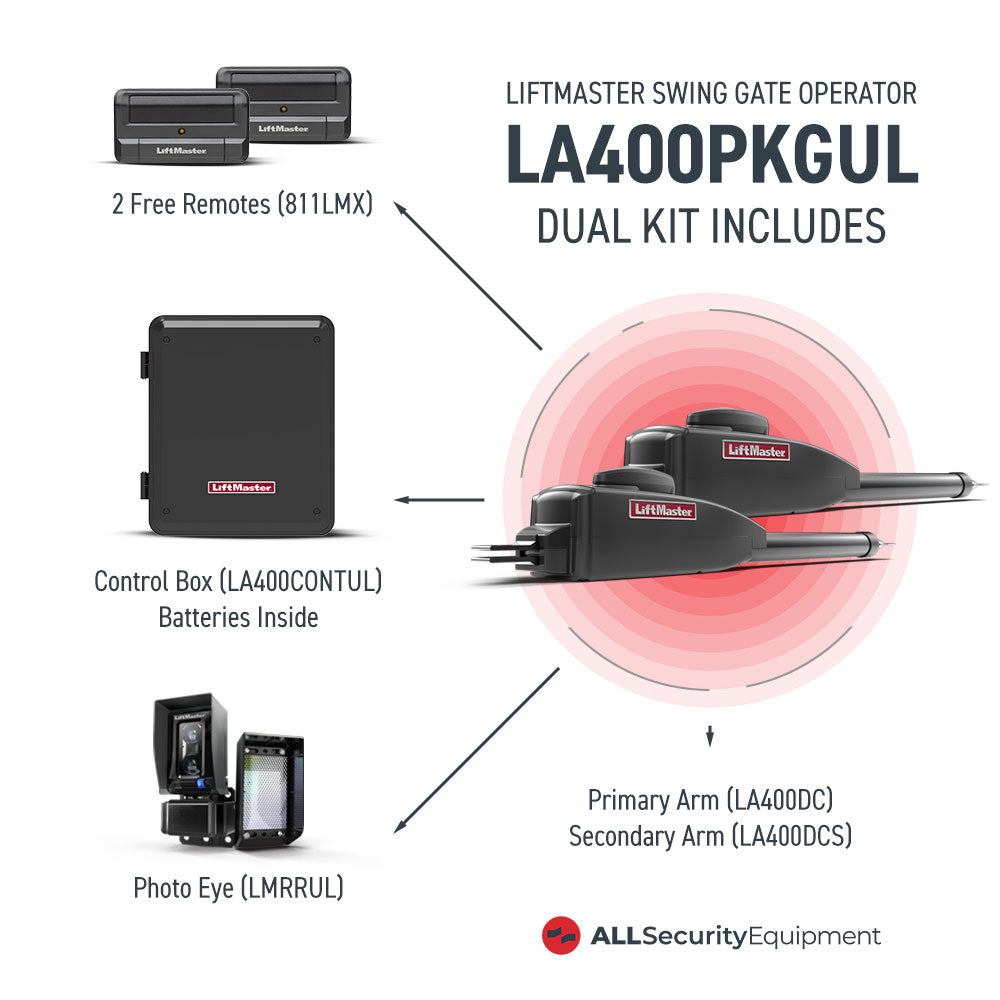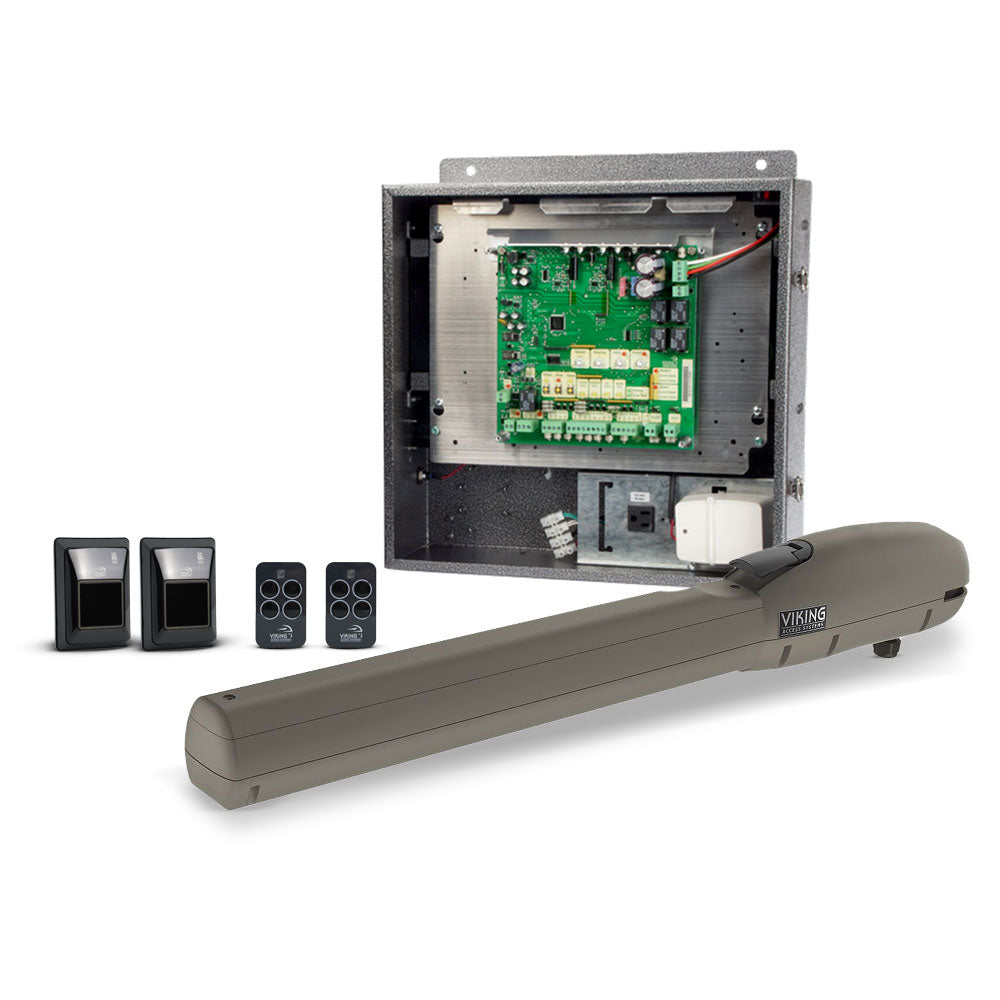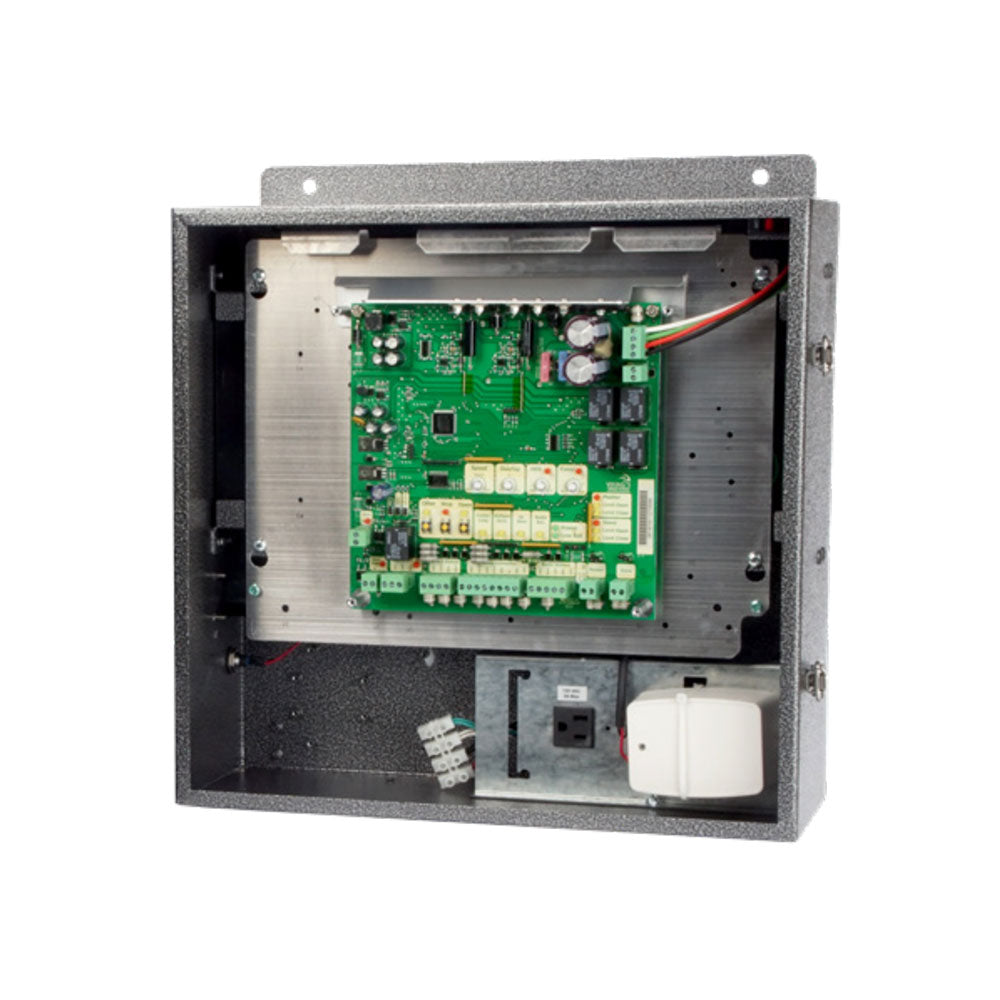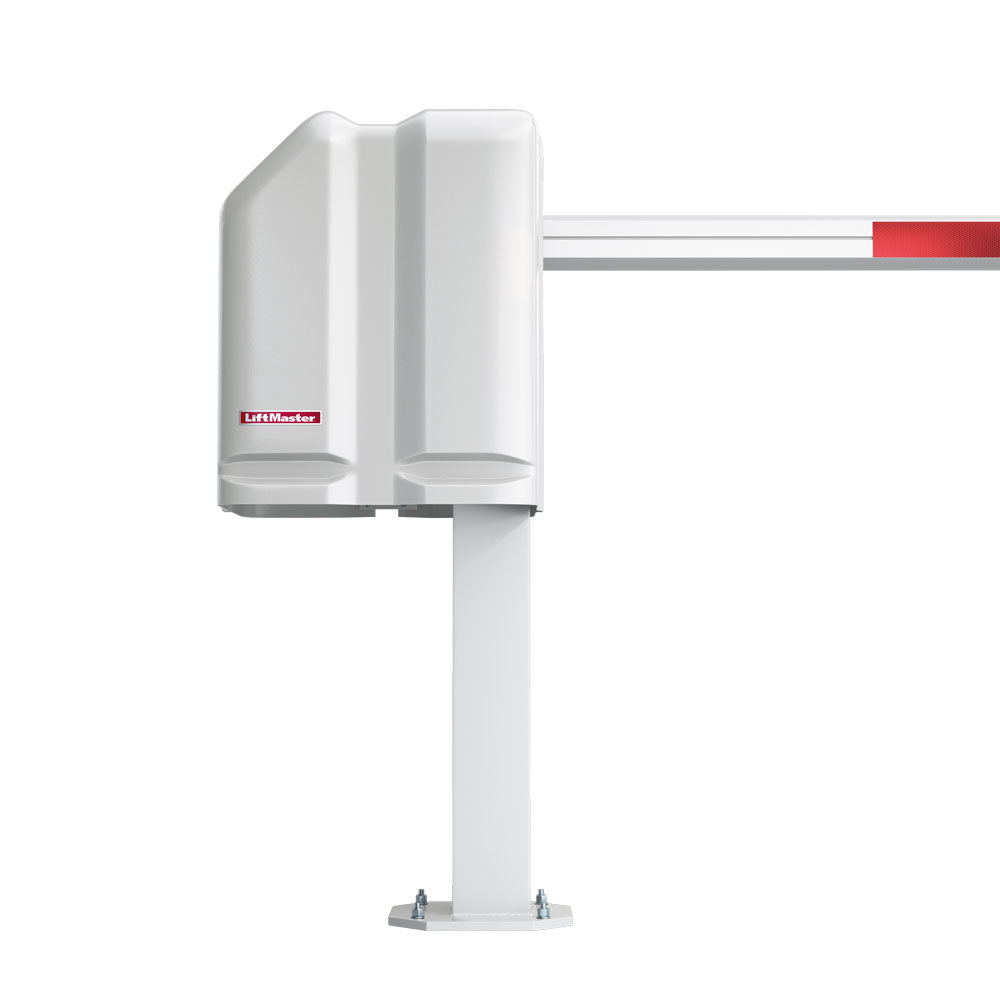Eyes Everywhere: Smart Security Camera Placement
In today's world, home security cameras have become indispensable tools for safeguarding family, valuables, and overall peace of mind. From deterring package theft and vandalism to providing crucial evidence in case of a break-in, a well-planned home surveillance system is a cornerstone of modern property protection. Homeowners across various property types rely on strategically placed cameras to maintain a secure environment and enhance their sense of safety.

However, simply installing cameras isn't enough. Misplaced or poorly positioned cameras can create critical security gaps, fail to capture important events, or even raise privacy concerns. Imagine a package theft occurring where the only camera is obstructed, rendering crucial footage useless. Or consider a situation where a dispute arises, but the camera's angle fails to clearly capture the interaction. Such scenarios highlight the vital importance of careful planning and strategic placement when designing your home security camera layout.
Today's All Security Equipment blog post serves as your expert guide to optimizing security and respecting privacy through strategic home camera placement. We'll explore seven key locations, providing clear rationales and practical examples for each. By the end, you'll be equipped with the knowledge to design a robust homestead security system that maximizes protection while minimizing privacy concerns.
Strategic Camera Placements for Optimal Security and Privacy
Strategic placement of home security cameras is foundational to effective home surveillance, ensuring you capture critical events while respecting privacy. Simply installing cameras without a clear strategy can leave significant security gaps, making your home vulnerable. Here are seven key areas where prioritizing camera placement will yield maximum security benefits:
1. Entrances and Exits: Your Primary Point of Control
All individuals and goods entering or leaving your home pass through designated entrances and exits, including front, back, and side doors. Statistics show a significant percentage of burglaries occur through these points, making them crucial for surveillance. Strategic camera placement here ensures a clear view of everyone accessing your premises, acting as your first line of defense against unauthorized entry and package theft. For instance, a camera at your front door could capture a package thief, providing police with direct evidence for identification and recovery.
2. Common Areas: Monitoring Interior Activity
Placing cameras in gathering points like the kitchen, living room, or main hallways helps monitor daily activity and provides oversight. This is ideal for checking on children, babysitters, or household help like cleaners and repairmen, ensuring their safety and accountability. Prioritize rooms with large ground-floor windows, allowing you to see if anyone tampers with them or uses one as a break-in point, providing comprehensive interior coverage.

3. High-Value Interior Zones: Protecting Valuables
Specific indoor areas often house valuable items, making them primary targets for theft. This includes spaces like a living room containing expensive electronics, a basement where valuables are stored, or a main stairway/hallway leading to upstairs bedrooms with jewelry. Strategic camera placement in these areas provides direct oversight of your most prized possessions, deterring theft. If valuables disappear from your basement storage, cameras covering access points could identify unauthorized individuals, aiding recovery.
4. Storage and Detached Buildings: Safeguarding Assets
Garages, sheds, and basements are common targets for burglars as they often contain valuable items like vehicles, tools, and sports equipment, and can offer a discreet entry point into the main home. Installing cameras in these locations helps keep a watchful eye on your belongings. For a detached garage, a camera maintains connectivity and monitors another potential entryway into your living space, enhancing overall home security.
5. Yards and Exterior Perimeters: Extending Your Protective Reach

Monitoring your front and back yards helps you keep tabs on anyone scoping out your property, deterring trespassers, and capturing activities of kids or pets. Thieves may use overgrown bushes or trees as hiding places, so wide-angle cameras covering fence gates or shed doorways are crucial. This extended surveillance reach provides critical early warning and covers most outdoor blind spots, enhancing your overall homestead security.
6. Driveways and Gates: Spotting Approaches
The driveway is a common approach path for potential intruders before they reach your front door or other entry points. Placing an outdoor camera to watch over the entire length of your driveway, especially if you have a gate, helps spot anyone attempting to get onto your property. This direct line of sight enables early detection of suspicious vehicles or individuals, allowing for proactive security measures.
7. Second Floor Hallways/Stairways: Comprehensive Interior Coverage
For multi-story homes, placing a camera in the main stairway or a second-floor hallway makes it difficult for someone to move about undetected after a potential break-in. If an intruder gains access through a less monitored area like a bathroom or bedroom, they will still be captured on camera if they move through common thoroughfares. This provides additional video evidence, crucial for police investigations if valuables are kept upstairs.
Areas to Avoid for Camera Placement: Prioritizing Privacy
While comprehensive surveillance is vital, it's equally important to understand where security cameras should never be placed to uphold legal and ethical standards, and to foster trust within your household and with visitors. Placing cameras in highly private areas can lead to significant legal repercussions.
-
Restrooms and Bedrooms: These are areas where individuals have an absolute expectation of privacy. Surveillance here is universally considered unethical and often illegal, leading to severe legal penalties. Furthermore, connecting private spaces to a monitoring service increases the risk of hackers accessing sensitive footage.
-
Neighbor's Property: Your home security cameras should only cover your property. State laws might restrict camera views that intrude on a neighbor’s yard or home. Ensure your cameras are angled to solely capture your premises and avoid infringing on the privacy of others in your neighborhood.
Recommended Security Camera Products
To implement a robust homestead surveillance strategy, selecting the right hardware is crucial. Here are two exemplary security camera products, each offering unique strengths for various home security needs.
UNV 2MP WDR Starlight IR Network Indoor MiniPTZ Dome Camera
This compact dome camera from UNV delivers high-quality 2MP video, even in low-light conditions, thanks to its LightHunter technology. It offers versatile pan-tilt-zoom (PTZ) capabilities with 5X optical zoom, Smart intrusion prevention with false alarm filtering, and 120 dB WDR. With Wi-Fi connectivity and two-way audio, it’s ideal for dynamic indoor monitoring.

This MiniPTZ camera is perfectly suited for living rooms, open-concept kitchens, or large interior spaces where discreet yet comprehensive coverage is needed. Its ability to zoom in on specific activities and provide two-way communication makes it excellent for monitoring children or pets, enhancing both security and oversight within your home.
Hanwha Vision 4K IR Indoor AI Camera Module
From Hanwha Vision, this advanced camera module captures stunning 4K UHD (8MP) resolution video. It boasts powerful AI video analytics, including object detection and classification (Person, Face, Vehicle), and offers a motorized varifocal lens and PoE connectivity for high-detail surveillance.

This 4K AI camera module is ideal for homes requiring extremely high-resolution footage for detailed identification and intelligent monitoring within interior environments. It's particularly valuable in areas like main living areas, basements with valuables, or garage interiors where precise object classification and forensic detail are paramount for security and dispute resolution.
Conclusion: Watchful Eyes, Well Placed
Strategic placement of security cameras is crucial for maximizing their effectiveness and ensuring the safety and security of your homestead. By understanding the key areas to monitor, selecting the right camera types, and adhering to legal and ethical considerations, you can create a robust home surveillance system that protects your assets, family, and peace of mind.
If you'd like to consult with a security professional to design a system that meets your specific needs and complies with all applicable laws and regulations, or are interested in one or more of the products highlighted in this blog post, contact our customer service team as soon as you can and we'll be more than happy to help!


